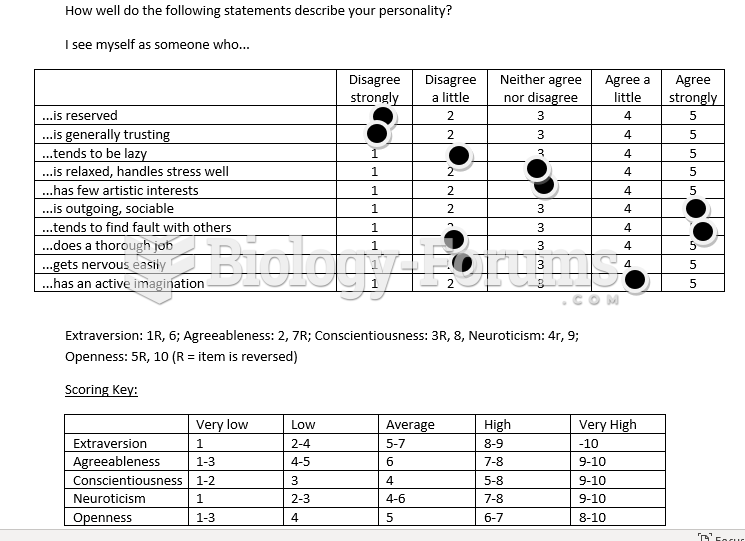Answer to Question 1
ANS: Cattell listed three ways to study personality: bivariate, clinical, and multivariate approaches.
The bivariate approach: The bivariate, or two-variable, approach is the standard laboratory experimental method. The psychologist manipulates the independent variable to determine its effect on the subjects' behavior. This approach has also been called univariate because only one variable is studied at a time.
Cattell agreed that bivariate research is scientific, rigorous, and quantitative but argued that it dealt with only limited aspects of personality. In reality, personality is affected by many interacting variables. Also, in the typical artificial laboratory situation, significant emotional experiences cannot be manipulated and duplicated.
The clinical approach: The clinical approach, which includes case studies, dream analysis, free association, and similar techniques, is highly subjective. These methods do not yield verifiable and quantifiable data. Cattell wrote, The clinician has his heart in the right place, but perhaps we may say that he remains a little fuzzy in his head.
The multivariate approach: Cattell chose to study personality through the multivariate approach, which yields highly specific data. It involves the sophisticated statistical procedure of factor analysis. Cattell favored two forms of factor analysis: the R technique and the P technique.
The R technique involves collecting large amounts of data from a group of people. Correlations among all the scores are made to determine personality factors or traits. The P technique involves collecting a large amount of data from a single subject over a long period.
Answer to Question 2
ANS: Common trait: A trait that is possessed by everyone to some degree.
Unique trait: A trait that is possessed by one or a few persons.
Ability trait: A trait that describes our skills and how efficiently we will be able to work toward our goals.
Temperament trait: A trait that describes our general behavioral style in responding to our environment. It describes the general style and emotional tone of our behavior.
Dynamic trait: A trait that describes our motivations, interests, and ambitions.
Surface trait: A trait that shows a correlation with other traits but does not constitute a factor because it is not determined by a single source.
Source trait: It is a stable and permanent trait that is the basic factor of personality, derived by the method of factor analysis.
Constitutional trait: It is a source trait that depends on our physiological characteristics, but is not necessarily innate.
Environmental-mold trait: It is a source trait that is learned from social and environmental interactions.







